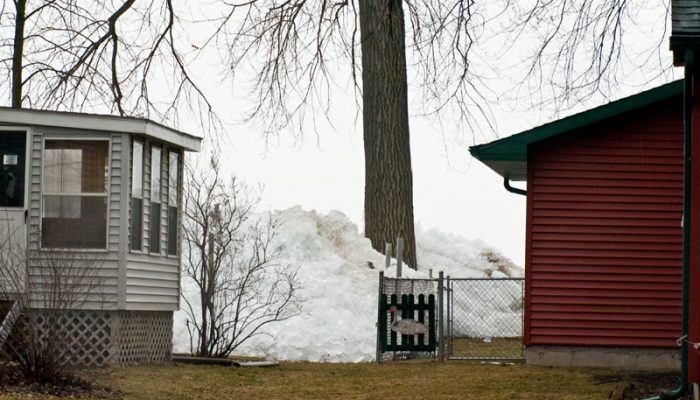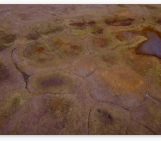
“Tsunami“ is a word that became world famous after the so-called Christmas tsunami in 2004, when enormous waves hit the shores around the Indian Ocean with disastrous consequences for countries such as Sri Lanka, Thailand, Somalia and many others.
But did you know that tsunamis can be icy?
An ice tsunami is one of the many names associated with ice shoves (or ivu, shore ice override, ice pile-up, ice ride-up). This rare but impressing phenomenon happens when strong winds rapidly push slabs of sea/lake ice towards the shore.
- Once on shore, the ice shoves can ride up and advance up to a few hundreds metres inland as a large but thinner sheet of ice (Mahoney et al, 2004; Whiteman, 2011)
- Alternatively, the ice slabs can also pile up, forming a big ridge on the beach that can rise up to 200m high (Mahoney et al, 2004; Whiteman, 2011).
Conditions to get an ice shove
- Partial thaw: Ice shoves can only happen when the ice has started to melt but has not completely disappeared yet. Spring is therefore the best time of the year to observe such a phenomenon.
- Strong winds: Only strong winds in the direction of the shore can push piles of ice ashore.
- Gentle slope of the beach: The gentler the slope of the shore, the less it prevents the ice pile to advance inland, and the more it can pile up.
This is a common phenomenon in Northern Canada and in Alaska but as these places are sparsely populated, the damages it causes are often limited.
![Modis satellite images of Lake Huron, Michigan before (top) and after (bottom) strong winds broke up the ice on the lake and caused an ice shove on Linwood. [Credit: NASA earth observatory]](https://blogs.egu.eu/divisions/cr/files/2016/09/before_after.jpg)
Modis satellite images of Lake Huron, Michigan, before (top) and after (bottom) a wind storm broke up the ice on the lake and caused an ice shove on Linwood (NOTE: the resolution of the image is too coarse to display the ice piled up on the shore) . [Credit: NASA earth observatory]
Reference/further reading
- http://www.micheltsamados.co.uk/ridges/
- http://channel.nationalgeographic.com/videos/minnesota-ice-shove/
- http://www.winnipegfreepress.com/local/an-uncommon-phenomenon-207330751.html
- http://earthobservatory.nasa.gov/NaturalHazards/view.php?id=81130
- Mahoney, A. et al. (2004) Ice motion and driving forces during a spring ice shove on the Alaskan Chukchi coast. Journal of Glaciology, 50 (169), 195-207.
- Whiteman, C. A. (2011). Cold region hazards and risks. John Wiley & Sons.
Edited by N. Karlsson





Pingback: Cryospheric Sciences | Image of the Week – Goodness gracious, great balls of ice!